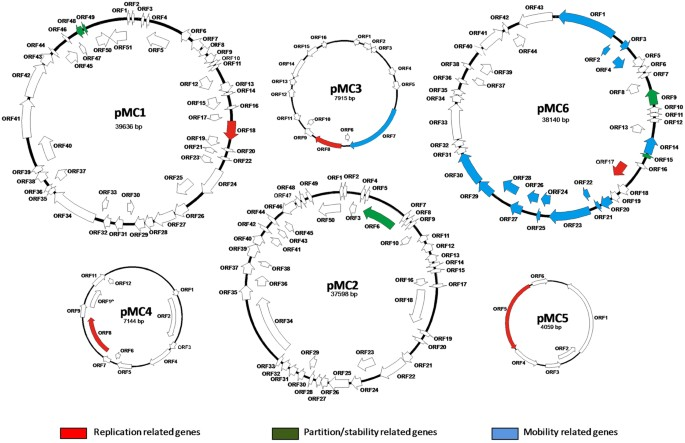Accelerating Genomic Research with Strobealign: A Game-Changer for Bioinformatics Professionals
- gerben voshol

- Mar 29, 2023
- 2 min read
Introduction
As a bioinformatics expert, you're aware that one of the most time-consuming and resource-intensive tasks in genomics is sequence mapping. A new approach, known as strobealign, has emerged, offering substantial improvements in speed and accuracy compared to traditional aligners. In this blog post, we will dive into the details of this novel approach and explore how it can benefit both junior and senior bioinformaticians in their genomic research.
Seeding Strategy: The Foundation of Strobealign
The authors of the study behind strobealign have developed a unique method for computing seeds, which are essential components of sequence mapping. Their approach combines syncmers and strobemers to create fast and effective seeds. These seeds can achieve the same uniqueness as k-mers with lengths usually unsuitable for short-read alignment. Understanding the importance of seeds in sequence mapping, this innovative method is expected to transform the way we conduct sequence mapping applications.
Technical Details of Strobealign Seeding Strategy
To understand how strobealign works, let's first explore the concepts of syncmers and strobemers:
Syncmers: Syncmers are k-mers that have been selected based on their minimum distance from one another. By considering only the most distant k-mers, syncmers reduce the number of seeds needed for alignment, thus speeding up the process.
Strobemers: Strobemers, on the other hand, are pairs of non-adjacent k-mers within a longer sequence. They are generated by considering a set of spaced k-mers, which allows for greater sequence variability.
Strobealign combines these two concepts by creating a seed consisting of a syncmer-strobemer pair. This design not only speeds up the alignment process but also maintains high sensitivity, as the strobemer component of the seed can tolerate sequence variations. This results in a robust and efficient alignment method suitable for short reads.
Comparative Analysis and Benchmarks
To demonstrate the effectiveness of strobealign, the authors performed a comparative analysis against other popular aligners, including BWA-MEM, BWA-MEM2, and Bowtie2. The results showed that strobealign consistently outperformed these aligners in terms of both speed and accuracy. For example, when aligning a 30x coverage dataset of 100bp reads, strobealign was able to complete the task in just 12 minutes, compared to 68 minutes for BWA-MEM and 72 minutes for Bowtie2. Furthermore, strobealign demonstrated improved mapping quality and alignment sensitivity.
Ease of Integration into Bioinformatics Pipelines
Strobealign has been designed to seamlessly integrate into existing bioinformatics pipelines. It supports widely used alignment file formats such as SAM and BAM, making it easy for junior bioinformaticians to adopt this new aligner in their workflows. Additionally, strobealign is compatible with popular genome browsers and visualization tools, ensuring a smooth transition for users of existing aligners.
Conclusion
The introduction of strobealign and its innovative seeding strategy has the potential to revolutionize sequence mapping in bioinformatics. With improved speed and accuracy, this aligner offers substantial benefits for both junior and senior bioinformaticians, enabling them to work more efficiently and focus on their research goals. By staying informed about the latest developments in aligners and seeding strategies, bioinformatics professionals can ensure they're at the forefront of their field, driving innovation and discovery in genomics.



Comments